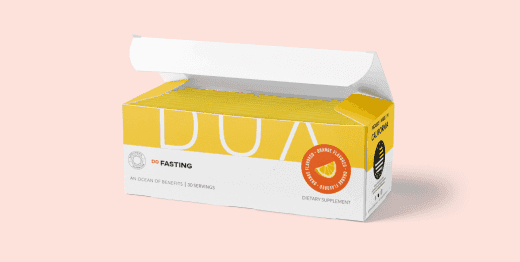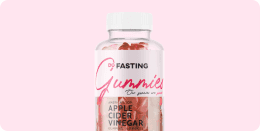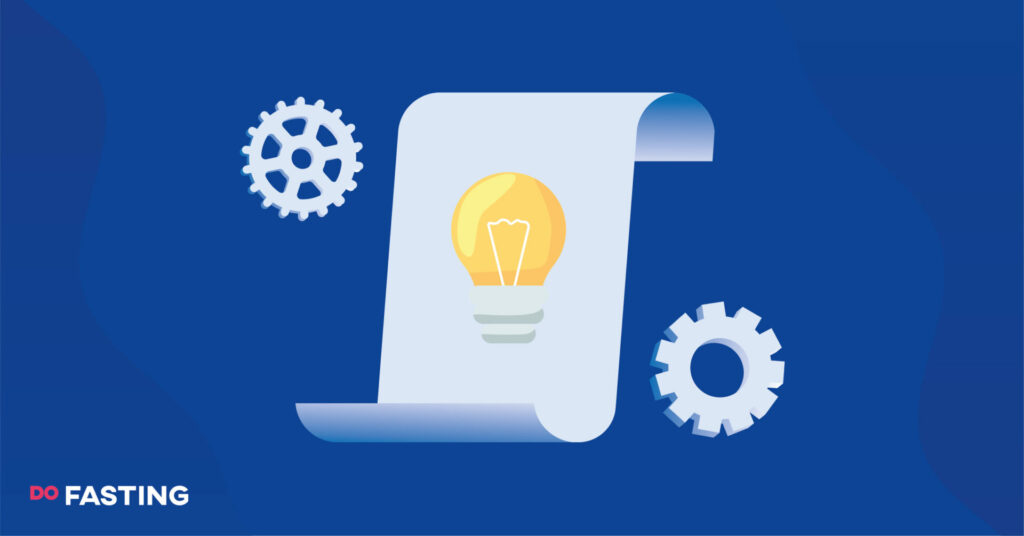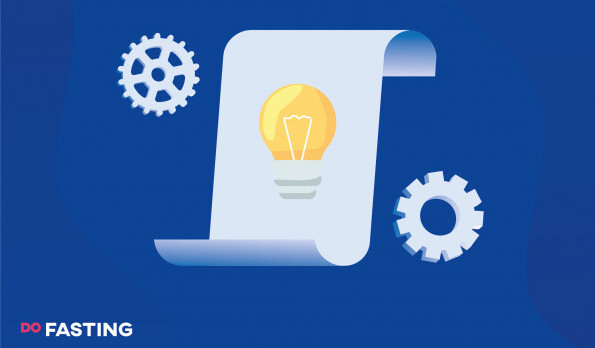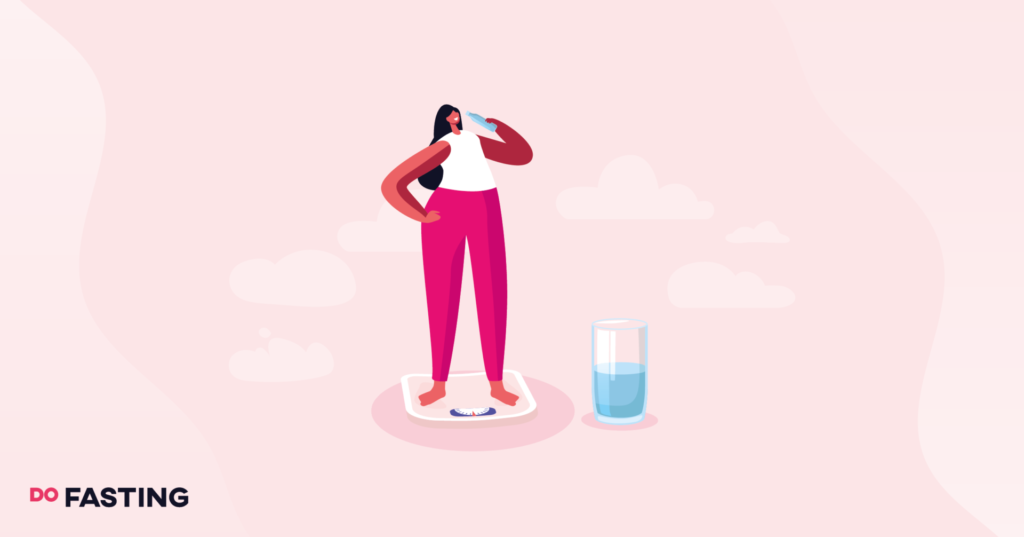Contents
What Is Gout?
Gout is a form of arthritis that causes joint discomfort, redness, and severe pain. It happens due to high levels of uric acid that accumulate in and around the joint. When the body breaks down purine, it produces uric acid and releases that into your bloodstream.
People have to avoid foods containing purine, as this can trigger gout attacks. Foods that increase uric acid levels range from alcoholic beverages to meats like bacon and turkey. Removing these from your diet can limit the amount of gout flare-ups.
The most common symptoms of gout comprise:
- Severe pain in the joints
- Redness and swelling
- Feeling very hot suddenly
- Shiny red skin over the joint
- Certain joints feel stiff
- Body feels tender and fragile
Gout attacks worsen these symptoms and increase the joint pain. Some people often notice the most swelling in their big toe due to the temperature difference in your feet. These painful attacks can happen at any time, even in the middle of the night.
Take a
1-minute quiz
and discover how much weight you can lose with DoFasting!
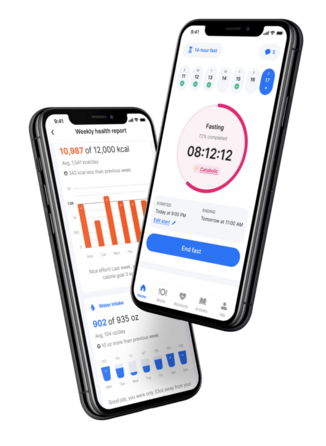
3 Food Groups That Make Gout Worse
There are certain food groups that can make your condition worse. It might help to avoid these foods when managing your symptoms and preventing those gout attacks.
Let’s take a look at 3 food groups that promote high uric acid levels:
Purines
Purines are chemical compounds often found in alcoholic beverages, seafood, and meats. These purines are the building blocks of DNA and RNA – molecules that manage genetic information. Cells use purine to help form those structural bonds.
Too much uric acid is usually caused by high levels of purines in your body. Eating the wrong foods can aggravate gout and increase the risk of gout attacks. To control uric acid levels, aim to consume no more than 400 mg of purine a day.
Here are some purine-based foods you should be aware of:
- Alcoholic beverages: All types of alcohol can trigger gout. Beer and distilled liquors are the main culprits for causing gout attacks.
- Sugary foods: Chocolate, sweetened cereals, candy, bakery treats, fruit juice, cookies, frozen desserts, soda, pastries, ice-cream, and full-fat yogurt.
- Certain fish: Sardines, mussels, herring, shellfish, mackerel, salmon, codfish, anchovies, trout, scallops, tuna, haddock, and seafood like shrimp.
- Some meats: Turkey, bacon, sweetbreads, veal, beef, lamb, pork. liver, kidney, heart, tripe, speen, blood sausages, black pudding, and other organ meats.
You can afford moderate consumption of certain products on the gout diet. However, it’s recommended that you cut these foods completely. Eating too much of something could raise uric acid levels and allow uric acid crystals to form around your joints.
Fructose
Fructose is a type of sugar found in many plants. It’s one of the “natural sugars” that make up fruits, certain vegetables, honey, and even store-bought fruit juices. This sugar is the sweetest naturally occurring carbohydrate, compared to lactose and sucrose.
Eating too many products with sugar can encourage more purines to be released in your system. This will then increase the uric acid content, leading to a possible gout attack. Only consume less than 20 grams a day to prevent unwanted symptoms.
Below, you’ll find products containing high amounts of fructose:
- Fruits: Apples, grapes, watermelon, jackfruit, pears, blueberries, raisins, bananas, tomato paste, dried fruits, mango, dates, prunes, and figs.
- Certain vegetables: Peas, asparagus, zucchini, sweet onions, red bell peppers, summer squash, eggplant, shallots, leeks, mushrooms, and tomato products.
- Wheat-based food: Pasta, wheat bread, pancakes, rolls, crackers, doughnuts, muffins, dumplings, sausages, pretzels, hot dogs, and soy sauce.
- Sugary treats: Honey, soft drinks, cranberry juice, sweet tea, coconut water, apple pie, fruit yogurt, jams, takeaway food, cereals, and pancake syrups.
Fruit and vegetables are super important for a healthy diet, so removing these foods completely isn’t necessary. Just limit what you eat each day and don’t exceed the recommended limit. Around 1-2 portions of fruit or green vegetables should be enough.
Carbohydrates
Carbohydrates are a type of micronutrient found in common food and drinks. This sugar molecule is one of the main sources of energy for your body. Products like white bread, starchy vegetables, and soft drinks have the highest carbohydrate content.
Going overboard with your carb intake can increase uric acid concentrations. Refined carbohydrates are low in important nutrients, but high on the glycemic index. Only consume 100 grams or less of this micronutrient to gradually lower uric acid levels.
Let’s take a look at some common carb-rich foods:
- Grains: Bread, pasta, white rice, instant oatmeals, pizza dough, crackers, breakfast cereals, granola, all-purpose flour, tortillas, and croutons.
- Fruits: Apple, bananas, cherries, apricots, dried dates, mango, grapes, melons, canned fruit, pears, grapefruit, applesauce, fresh pineapple, and prunes.
- Dairy products: Plain yogurt, sherbet, ice-cream, frozen yogurt, cream cheese, regular cow’s milk, cottage cheese, milkshakes, and ricotta cheese.
- Snack foods: Soda, potato chips, cookies, popcorn, yogurt, french fries, fruit jam, peanut butter, cakes, chocolate, gummy candy, and rice cakes.
- Legumes: Kidney beans, chickpeas, navy beans, and black-eyed peas.
- Nuts and seeds: Hemp seeds, sesame butter, dried pumpkin seeds, walnuts, cashews, sunflower seeds, chestnut, chia seeds, and almonds.
- Starchy vegetables: Sweetcorn, potatoes, peas, beets, and turnips.
Although abstaining from refined grains, snacks, and processed foods is a good idea, you don’t have to avoid all healthy fruits. Instead, just eat them in moderation. Some carb-rich foods contain important nutrients, so only have one of them a day. Exceeding the recommended daily amount can spike uric acid levels.
Foods To Eat in Moderation
These food lists might seem overwhelming, but there are still products you can eat. Certain types of fish and meat should still be a part of your diet. There are also fruits and vegetables that contain essential nutrients for maintaining energy levels.
Here is a list of foods you should eat in moderation:
- Beef
- Salmon
- Berries
- Apples
- Onions
- Bell peppers
- Sea bass
- Pork
- Turkey
- Bananas
- Tomatoes
The recommended intake of meat and fish for people with gout is about 4-6 ounces or 155-170 grams. You can have this several times a week, but always monitor how much you’re eating. These foods still have purine, fructose, and carbs, so limit them carefully.
If you don’t consume them in moderation, you might further increase the risk of gout attacks. High levels of uric acid will build up in your system and form around joints. Stick to eating healthy foods that don’t contain those harmful secret ingredients.
Take a
1-minute quiz
and discover how much weight you can lose with DoFasting!

What To Eat on a Gout Diet
A low-purine diet still has lots of delicious foods and drinks for your meals. Reducing uric acid levels is all about finding products that don’t have purine, high fructose corn syrup, or refined carbs. All low-purine foods can be enjoyed on a gout diet.
Foods that continue little to no purine are suitable for your health. Certain products have too much purine that encourages your body to make extra uric acid. For example, sugary drinks have fructose and purine that can trigger chronic arthritis.
Here are some foods you can eat on the gout diet:
- Low-fat dairy products and non-dairy: Soy milk, tofu, yogurt, skim or low-fat milk, and fat-free cheese.
- Fresh fruits: Oranges, limes, lemons, strawberries, cherries, tangerines, papaya, avocados, dark berries, dried plums, grapefruit, and mandarins.
- Certain vegetables: Cabbage, kailan, brussel sprouts, broccoli, pumpkin, celery, carrots, cucumbers, romaine lettuce, garlic, olives, green beans, and radish.
- Fish and meat: Chicken, pork, eggs, lamb, sole, flounder, and whitefish.
Just make sure to check the purine content in each product. This ensures you don’t exceed the recommended intake of no more than 400 mg per day. Only eating healthy, low-calorie foods might also help you lose weight in just a few weeks.
Advantages of the Gout Diet
Removing bad foods from your low-purine diet is bound to have great benefits. You can consume nutritious products that are free from high fructose corn syrup, purine, and sugary carbs. This should almost instantly reduce uric acid levels in your body.
Below, you’ll find 3 advantages of the gout diet:
Prevents the development of gout and kidney stones
Restricting purine intake could decrease your risk of developing gout attacks and kidney stones. Foods that trigger uric acid often block the kidneys from removing waste, leading to infections and kidney disease. You can easily avoid this by following the popular gout diet.
Reduces weight
On the gout diet, you’ll naturally consume less sugary drinks, junk food, and high-purine snacks that affect uric acid levels. This can encourage the body to burn fat for energy instead, further boosting weight loss results that make you feel healthy and strong.
May help minimize the need for medications
The low-purine diet can be a great form of gout treatment, since it avoids certain foods that trigger painful joints. You might not need tons of medication after lowering uric acid content. Just make sure to maintain good eating habits throughout the gout diet. Note that this diet does not cure the disease, so consult your doctor about any medications you might need to treat gout.
Other Ways To Help Relieve Gout Symptoms
Following a low-purine diet isn’t the only way to relieve uncomfortable gout-related symptoms. You can lower uric acid levels just by making small lifestyle changes.
Let’s take a closer look at 4 ways you can prevent gout attacks:
Exercise more
Getting your heart pumping is the best way of managing gout. This could be cardio-based exercise like running, walking, swimming, and jogging. If your joints feel sensitive, try going for a long, slow walk that keeps your entire body moving.
Any form of exercise can decrease your risk of developing gout pain. It may reduce uric acid, soothe inflammation, and help maintain a healthy weight. Just remember to go easy with exercise and only do what feels comfortable for your body.
Drink water
Staying hydrated is super important for reaching optimal health.
Water lubricates your joints and helps the body excrete uric acid through your urine. This may prevent crystal formation that causes swelling and pain. Drinking at least a half-gallon of water a day may decrease the risk of gout attacks and kidney stones.
Hydration is also key for losing weight. Your body needs those fluids to flush out fat cells and keep energy levels up. If you need more motivation to drink that water, buy a gallon-sized water bottle and keep it next to you for the whole day.
Refrain from alcohol
Alcohol is one of those products that can make gout worse. Not only does it contribute to potential weight gain, but it increases purine production in the body. This, in turn, triggers chronic gout flares due to the high amount of uric acid levels.
Instead, opt for more refreshing drinks containing water and citrus fruits. A gout-friendly diet focuses on beverages that have anti-inflammatory properties.
Take vitamin C
Vitamin C might lower your serum urate – a measurable concentration of uric acid levels. It can help the kidneys dispose of unwanted chemicals that cause gout attacks. You may take vitamin C supplements or eat a balanced diet to relish the benefits.
Consuming 500 mg of vitamin C a day should be enough to reduce symptoms. A study found that for every 500 mg the men took, the risk of gout was reduced by 15%. All you need to do is incorporate vitamin C supplements into your diet and medication plan.
Can You Fast Intermittently With Gout?
Intermittent fasting with gout might not be the best idea if you aren’t getting enough nutrients. However, that doesn’t mean you should avoid doing it completely. Just make sure you’re eating lots of white meat, eggs, low-fat dairy products, and fresh fruit.
Research is still limited, but prolonged fasting should definitely be avoided with gout. This method causes a rapid change in your serum urate concentration, leading to possible gout attacks. It might be best to stick with the 16:8 fasting method for beginners.
Fasting helps you eat fewer calories that support weight loss and boost metabolism rates. If you need more guidance on this, the DoFasting app can provide helpful tips and tricks. DoFasting will customize a fasting schedule suitable for your goals.
Intermittent fasting is beneficial for both beginners and pros. You can use any of DoFasting’s products to reach your ideal body weight, even if you have gout.
Take a
1-minute quiz
and discover how much weight you can lose with DoFasting!

Conclusion
The gout diet is really good for those who want to prevent gout attacks.
Cutting out foods with fructose, purine, and refined carbs can hugely benefit your health. Just make sure to consume enough nutrients when losing weight or exercising. Always speak to a doctor if you’re unsure about your symptoms and need extra medication.
See how DoFasting will improve your life
Find out what works for you with this 60-sec quiz approved by our experts and get your personal revolutionary fasting assistant.
Start the Quiz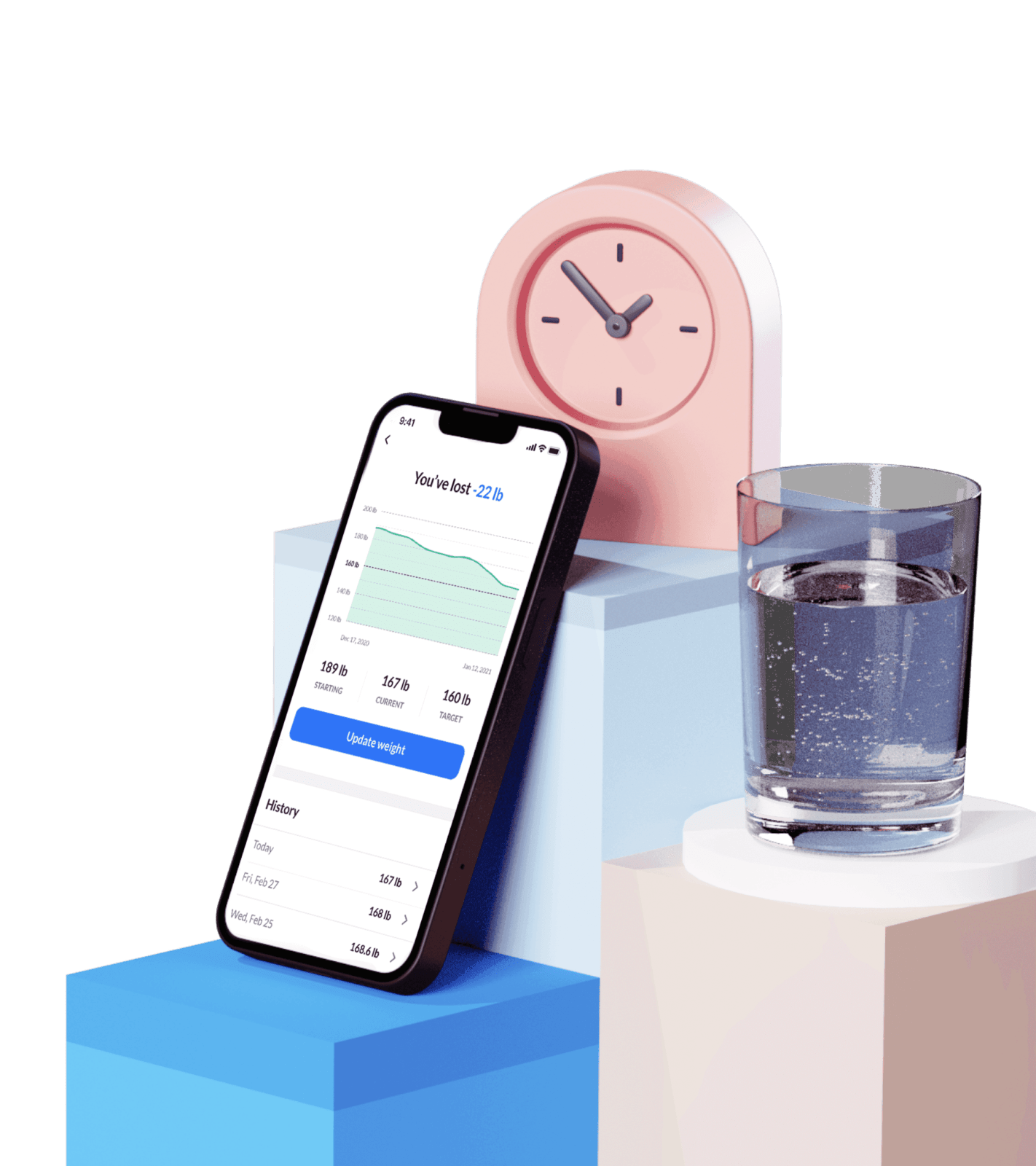
This is an evidence-based article that includes scientific citations. DoFasting’s professional writers and editors prepared the content, which a team of medical experts verified to be accurate.


